Parenting Tips for Toddler Discipline: A Gentle Guide to Raising Well-Behaved Children
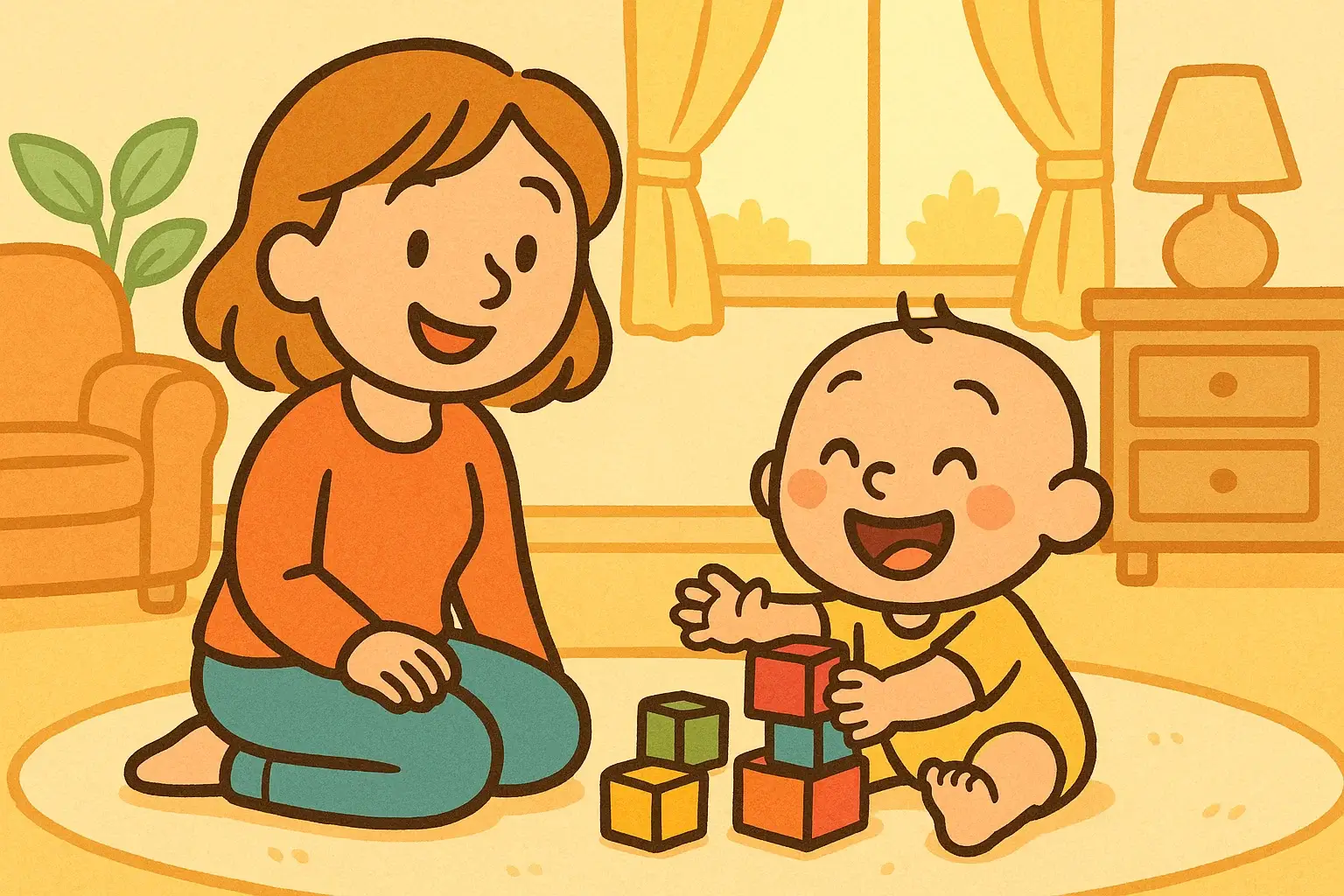
Parenting a toddler can feel like navigating uncharted territory. One moment your little one is sweetly playing with their ball, and the next they’re having a meltdown because you asked them to put on shoes. If you’re wondering how to discipline your toddler effectively while maintaining your sanity, you’re not alone. This comprehensive guide will help you understand proven strategies that work for children aged 1-3 years.
Why Discipline Matters in the Toddler Years
The toddler phase represents a critical window for emotional and behavioral development. According to child development research, the neural pathways formed during these early years significantly impact how children regulate emotions and respond to boundaries throughout their lives.
Promoting Emotional Growth
Gentle discipline helps toddlers develop emotional intelligence by teaching them to identify and manage their feelings. When you consistently respond to your child’s behavior with patience and clear expectations, this helps build emotional vocabulary. Long-term developmental studies show that consistent, nurturing parenting in toddlerhood is associated with improved emotional regulation and social competence later in life (Minnesota Longitudinal Study of Risk and Adaptation).
Creating Safe Behavioral Boundaries
Toddlers actually crave structure, even when they seem to resist it. Clear boundaries help your child feel secure and understand what’s expected of them. Think of discipline as creating invisible guardrails that keep your toddler safe while allowing them to explore and learn.
Key Principles of Effective Toddler Discipline
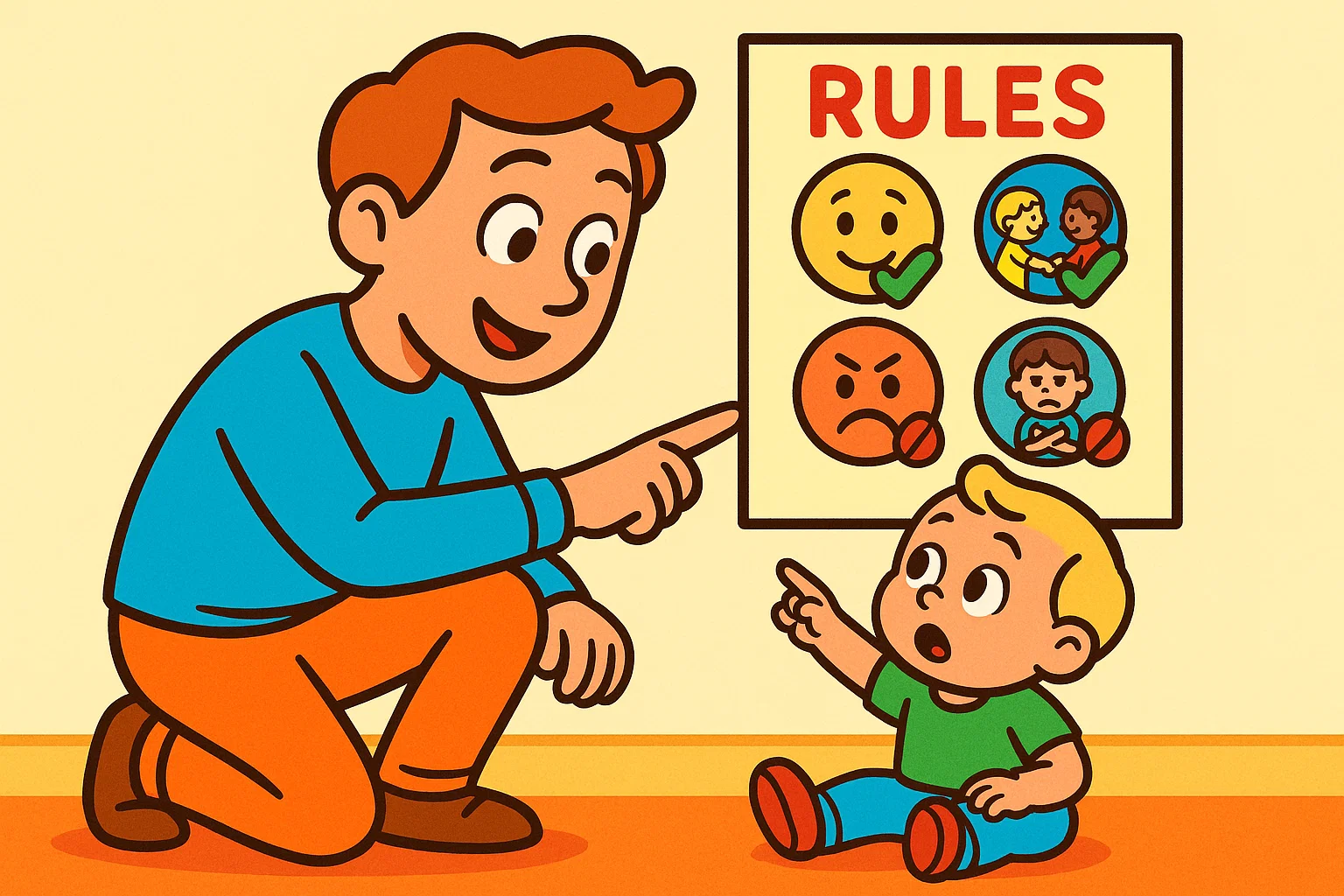
Effective discipline for toddlers centers on clear expectations, consistent boundaries, and encouragement rather than punishment. Applying these principles helps young children understand cause and effect while building trust and emotional safety.
Consistency and Clarity
Predictable responses are crucial for toddler learning. When you say “no throwing the ball inside,” and consistently follow through, your child begins to internalize this boundary. According to developmental psychology frameworks, consistent and structured parenting tends to correlate with higher cooperation and self-discipline in young children.
Practical tip: Create a simple rule chart with pictures showing expected behaviors. This visual reminder helps reinforce consistency across all caregivers.
Positive Reinforcement Techniques
Notice and reinforce positive behavior as it happens. Positive reinforcement is significantly more effective than punishment for shaping behavior. When your child sits nicely during dinner or plays gently with their baby sibling, acknowledge it immediately.
Examples of effective praise:
- “I noticed how carefully you’re stacking those blocks”
- “Thank you for using your inside voice”
- “What a good choice to share your toy!”
Natural and Logical Consequences
Instead of arbitrary punishments, use consequences that relate directly to the behavior. If your toddler throws food, they help clean it up. If they won’t put on their coat, they might feel cold for a moment (while staying safe). This approach helps children understand the connection between their actions and outcomes.
Setting Healthy Routines and Boundaries
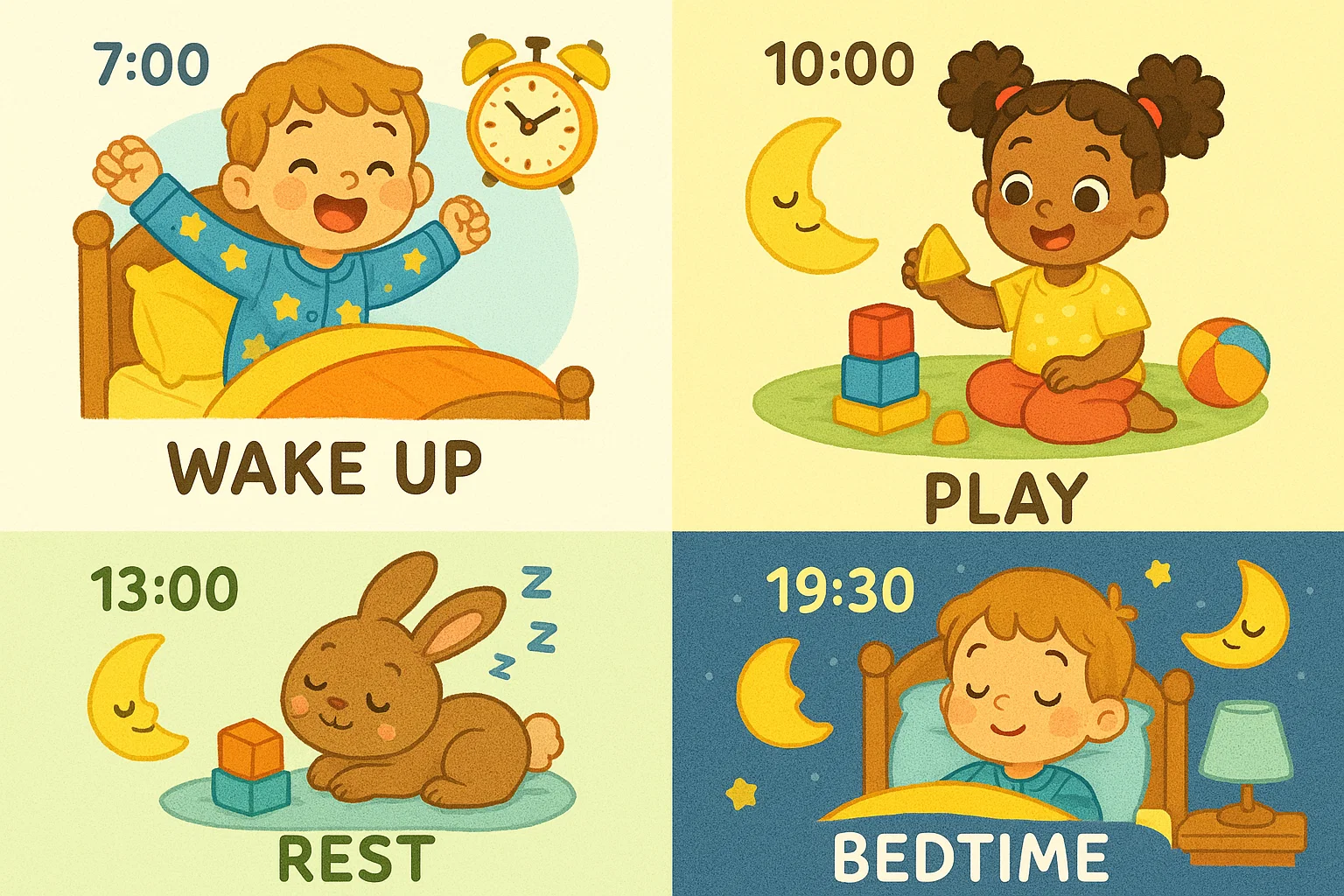
Daily routines provide toddlers with a sense of predictability that reduces anxiety and resistance. When structure is combined with respectful boundaries, toddlers learn to navigate transitions more smoothly and develop self-discipline over time.
Structuring the Day ⏰
Predictable routines reduce power struggles significantly. When your toddler knows what comes next, they’re less likely to resist transitions. A structured day might look like:
| Time | Activity | Discipline Strategy |
| Morning | Wake-up routine | Offer choices: “Blue shirt or red shirt?” |
| Mid-morning | Play time | Set clear limits: “Blocks stay in this room” |
| Afternoon | Quiet time | Consistent approach: “Rest time is for 30 minutes” |
| Evening | Bedtime routine | Gentle boundaries: “Two books, then lights out” |
Encouraging Cooperation
Rather than demanding compliance, invite cooperation. “It’s time to clean up. Would you like to put away the balls or the blocks first?” This approach acknowledges your toddler’s growing need for autonomy while maintaining necessary boundaries.
Managing Challenging Moments
Tantrums, outbursts, and testing limits are all part of typical toddler development. Knowing how to respond constructively during difficult moments is key to guiding children toward calmer behavior without escalating conflict.
Responding to Tantrums 😤
Tantrums are a common part of early development and usually reflect emotional overwhelm rather than deliberate manipulation. Dr. Daniel Siegel’s research shows that toddler brains are still developing the capacity for emotional regulation. During a tantrum:
- Stay calm and present
- Validate their feelings: “You’re really upset.”
- Wait for the emotional storm to pass
- Offer comfort and connection
- Address the original issue when they’re calm
Addressing Aggressive Behavior
When your toddler hits, bites, or throws things in anger, respond immediately but calmly. “I won’t let you hurt me. Hitting hurts.” Then redirect: “When you’re angry, you can stomp your feet or squeeze this pillow.” Clinical observations suggest, consistent responses may lead to a reduction in aggressive behavior over time, though the pace varies by child.
Teaching Problem-Solving Skills
Help your toddler develop emotional vocabulary and coping strategies. “I see you’re frustrated because the tower fell down. What could we try differently?” This approach builds resilience and reduces future behavioral challenges.
Maintaining Realistic Expectations
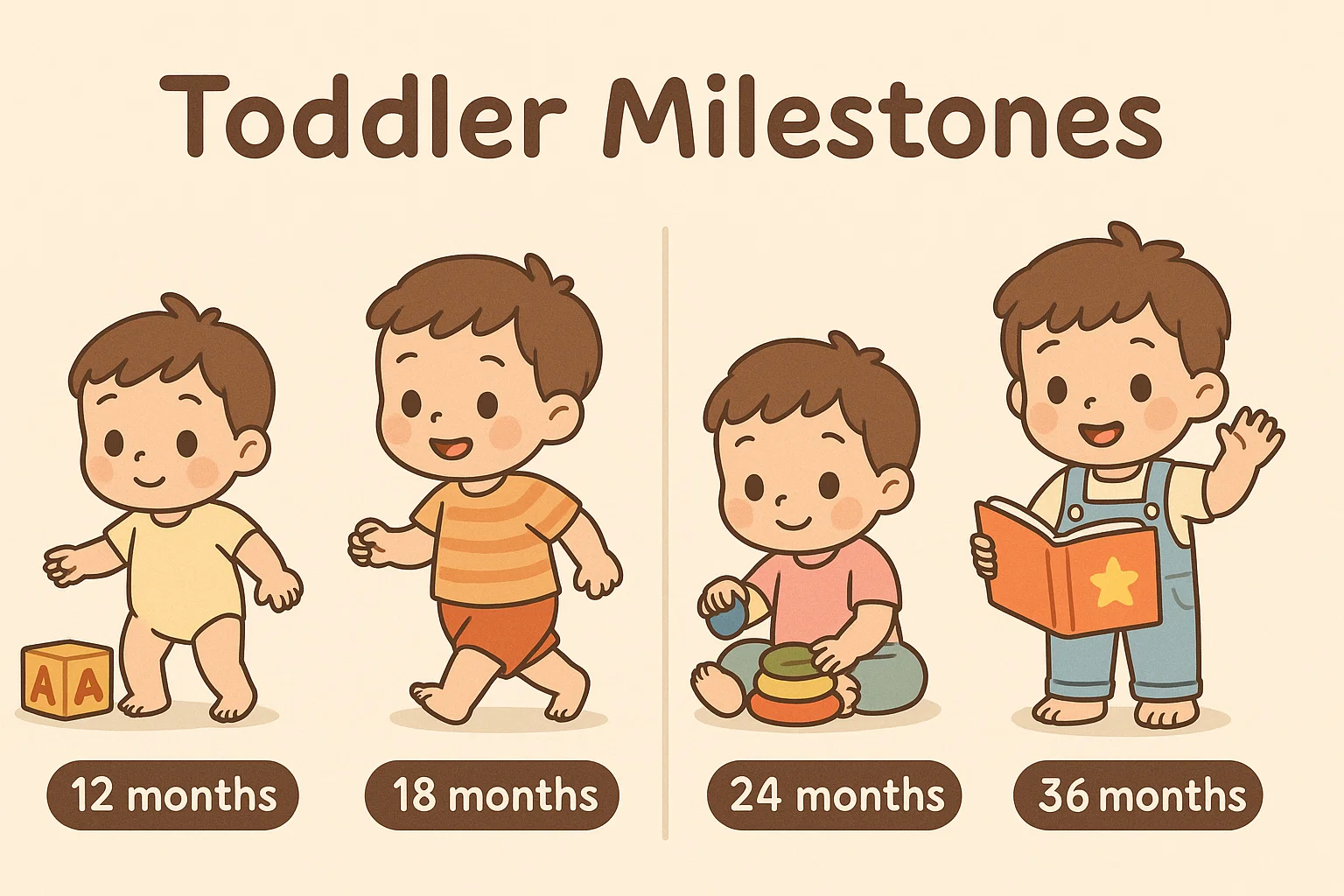
Recognizing what is developmentally appropriate helps avoid frustration for both parent and child. Toddlers are still learning impulse control, communication, and emotional regulation, which makes patience and perspective essential.
Typical Toddler Behavior by Age 👶
Understanding developmental stages prevents unrealistic expectations:
- 12-18 months: Limited impulse control, responds well to redirection.
- 18-24 months: Beginning language skills, tests boundaries frequently.
- 2-3 years: Increased independence drive, can follow simple rules with reminders.
Patience in the Process
Behavioral change takes time. Based on developmental psychology principles, behavioral change in toddlers generally requires multiple weeks of consistent practice, though individual timelines vary.
Balancing Control and Autonomy
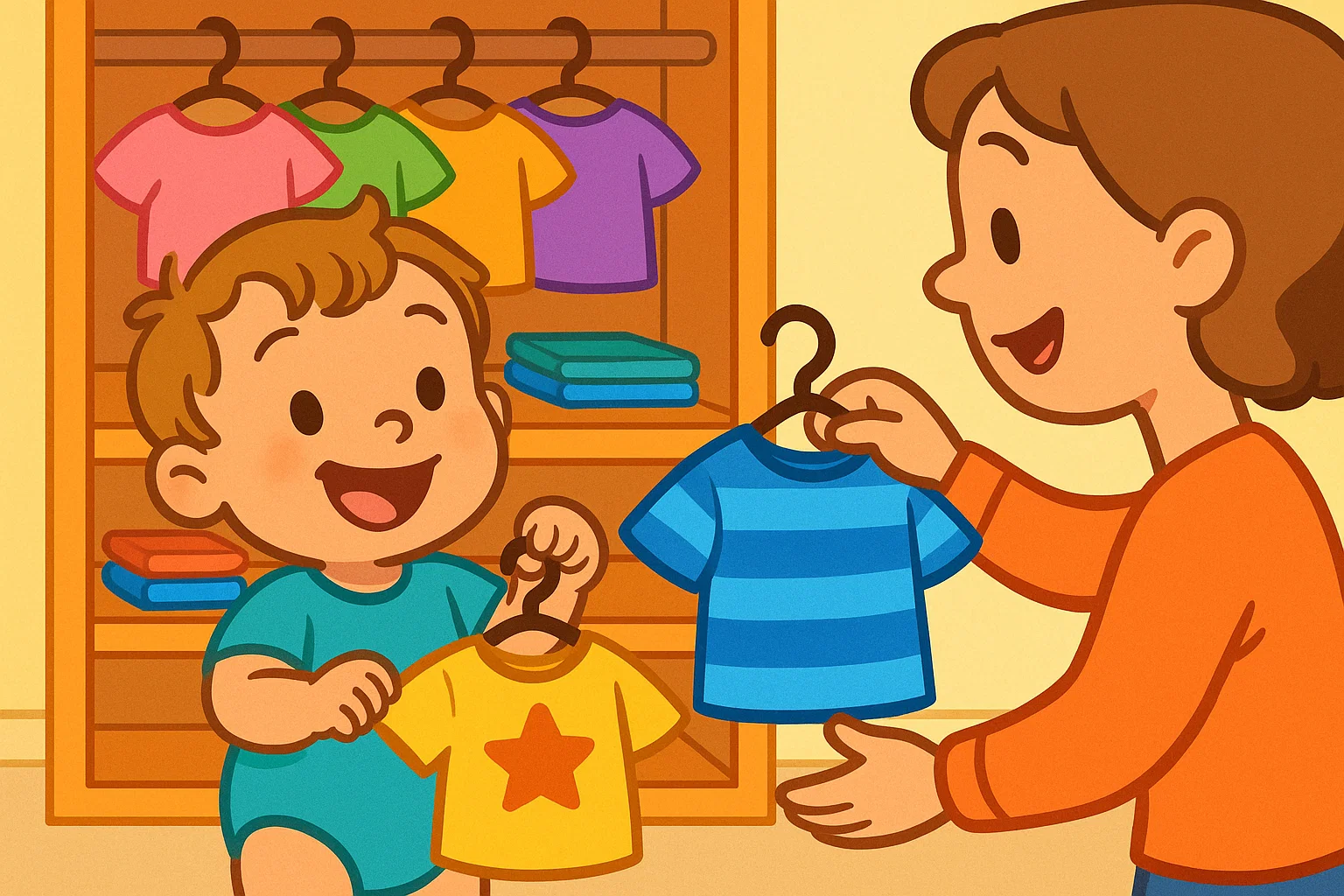
Toddlers seek independence but still require adult guidance. Supporting their autonomy within defined boundaries encourages cooperation and confidence while maintaining structure in daily interactions.
Offering Choices Within Limits 🎯
Toddlers’ developmental need for control drives many challenging behaviors. Channel this positively by offering limited choices: “Would you like to brush teeth first or put on pajamas first?” This satisfies their autonomy need while maintaining your parental authority.
Encouraging Independence
Age-appropriate independence reduces resistance. Let your toddler try pouring water with your help (with supervision), choose between two acceptable snacks, or pick out their clothes. These small freedoms often prevent bigger battles.
Common Discipline Mistakes to Avoid
Some well-intentioned strategies can backfire or create confusion for toddlers. Avoiding common pitfalls—like inconsistent messaging or overuse of punishment—ensures discipline remains supportive and effective.
Ineffective or Harmful Discipline Methods
Experts in child development increasingly caution against time-outs and physical punishment for toddlers, citing potential negative effects on trust and emotional regulation, especially when used without explanation or emotional support.
Mixed Signals and Emotional Reactions
When parents respond inconsistently or react emotionally, toddlers become confused about expectations. If you’re feeling overwhelmed, it’s okay to say, “Mommy needs a minute to calm down, then we’ll figure this out together.”
Age-Specific Strategies
Different stages of toddlerhood call for different approaches. Tailoring discipline strategies to a child’s developmental level helps reinforce learning and ensures realistic expectations for behavior.
Techniques for Younger Toddlers (12-18 months)
- Use distraction and redirection
- Keep language simple: “Gentle touches”
- Create safe exploration spaces
Approaches for Older Toddlers (2-3 years)
- Introduce simple explanations
- Use “when/then” statements: “When toys are picked up, then we can have snack”
- Practice problem-solving together
When to Seek Professional Help?
In some cases, typical discipline strategies may not be enough. Knowing when to consult a pediatrician or specialist ensures timely support for behavioral challenges that go beyond everyday parenting.
Consider consulting a pediatrician or child psychologist if you notice:
- Extreme aggression that doesn’t improve with consistent responses
- Significant developmental delays affecting behavior
- Persistent sleep or eating problems
- Parental burnout affecting your ability to respond calmly
Building Long-Term Success
Effective discipline goes beyond momentary control and focuses on teaching long-term skills for emotional and behavioral regulation. When you approach discipline with patience, consistency, and respect for your toddler’s developmental stage, you’re laying the foundation for a strong parent-child relationship and helping your child develop internal motivation to make good choices.
Remember, every child is unique, and what works for one might not work for another. Adjust strategies thoughtfully based on your child’s needs and responses, stay consistent with your chosen approaches, and don’t hesitate to adjust strategies as your toddler grows and develops. The goal isn’t perfection—it’s progress, connection, and mutual respect.
Your patience and dedication during these challenging toddler years will pay dividends as your child grows into a confident, well-regulated individual who understands boundaries and feels secure in your love and guidance.
Frequently Asked Questions
How do I discipline without yelling?
Take deep breaths, lower your voice, and get down to your toddler’s eye level. Speaking quietly often gets better attention than raising your voice.
What if my toddler has tantrums in public?
Stay calm, validate their feelings, and remove them from the situation if possible. Remember that other parents understand—we’ve all been there.
How long does it take to see behavioral changes?
Consistent strategies may lead to gradual improvement, though progress depends on each child’s temperament and developmental stage.
